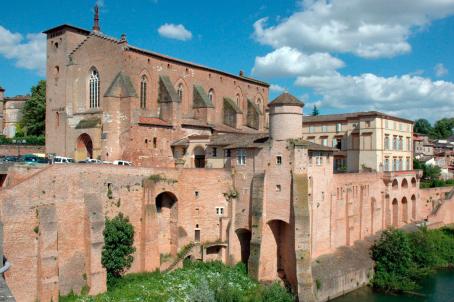Church of Notre-Dame-de-la-Nativité
Notre-Dame-de-la-Nativité Church is located in Montrosier, in Midi-Pyrénées (Occitanie). It was built in the twelfth century, and suffered greatly throughout the religious wars. It was built according to a Latin cross plan with two protruding transepts. The frescoes of the choir are classified as Historical Monuments.
About this building
The Church of Notre-Dame-de-la-Nativité is located in Montrosier, in Midi-Pyrénées (Occitanie). It was certainly built in the twelfth century and was part of a seigneury shared between the lords of Milhars and those of Féneyrols. Both buildings suffered enormously throughout the wars of religion.
In 1700, as the village could not afford to restore both two churches, the church of Saint-Amans was abandoned and the church of Notre-Dame-de-la-Nativity was rebuilt according to a Latin Cross plan with two salient transepts. The south transept is flanked by a sacristy and the choir ends with a flat chevet. The frescoes of the choir are classified as Historical Monuments.





